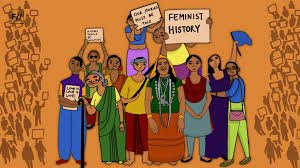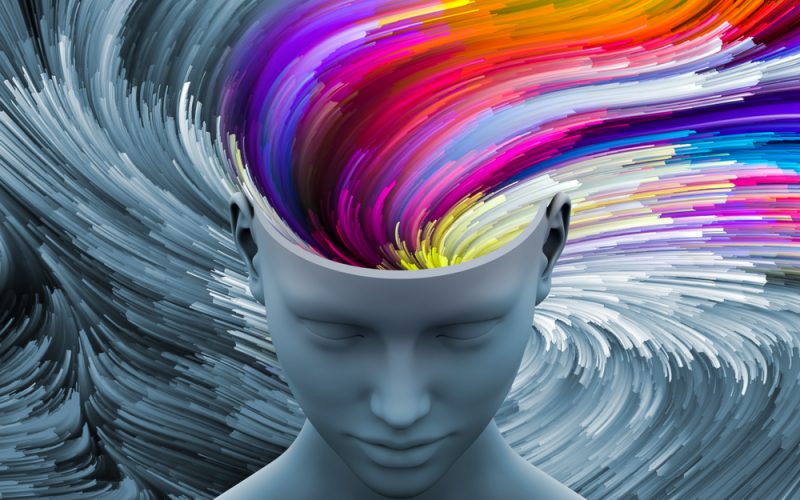Tariq Mahmood Awan
Literary symbolism is a literary device in which a writer employs one thing—usually a physical object or phenomenon—to represent something more abstract and conceptual. Symbolism authorizes writers to convey things to their readers poetically or indirectly rather than saying them outright, making texts seem more nuanced and complex. Hence, symbolism is a particular, indirect and comparable literary device to convey meanings, often not communicable in ordinary circumstances. Symbolism is critical for a play because it can create imagery, emotion, and meaning for the audience. A play is a form of art that relies on visual and auditory elements so that symbols can enhance the experience and acquaintance of the viewers.
Over the years, I have found “Waiting for Godot” quite relatable to our society. It is a play by Samuel Beckett in which two characters, Vladimir and Estragon, wait endlessly and in vain for the arrival of someone named Godot. Who is Godot? The play is a characteristic example of the Theatre of the Absurd and has many interpretations and riffs. Some people use the phrase ‘waiting for Godot’ to describe a situation where they are waiting for something that will probably never arrive. The play has mixed symbols that suggest different themes and messages.
For example:
Godot may symbolize the salvation that religion promises, something godly or godlike, a better social and political order, death or silence, or the inaccessible self. The fact that he never appears shows the futility of waiting for something that may not exist or may not matter.
The hats that Vladimir, Estragon, Lucky, and Pozzo wear and exchange at times symbolize their identities, roles, and power dynamics. The hats also suggest the absurdity and meaninglessness of their existence, as they are constantly changing and losing them.
The names of the characters may have hidden meanings. For instance, Vladimir and Estragon may be derived from the Latin words for ruler and stranger, respectively. Lucky and Pozzo may be ironic names, as they are neither lucky nor powerful in existence. Godot may be a divagation of deity, or something should have been expected of him.
The events of the play may also be symbolic. For example, the scene where Lucky performs a long and nonsensical speech may symbolize the futility of language and reason in a chaotic world. The scene where Vladimir and Estragon consider hanging themselves may symbolize their despair and hopelessness but also their inability to take action or end their suffering.
Waiting for Godot is a tragicomedy in two acts that depict human existence’s absurd and meaningless condition. The play follows two older men, Estragon and Vladimir, who are waiting for the arrival of the mysterious Godot near a barren tree. Godot never shows up, and the men pass the time by having repetitive and circular conversations, considering suicide, and encountering other characters, such as Pozzo and his slave, Lucky, who are also on their way to meet Godot. The play ends in the same situation as it began, with Estragon and Vladimir still waiting for Godot.
The play’s theme is the futility of human life and the absurdity of waiting for something or someone that may never come. The play challenges the conventions of drama and meaning by having no straightforward plot, climax, resolution, or character development. The play also explores the themes of friendship, loneliness, suffering, religion, hope and language.
The play has been widely acclaimed as a masterpiece of modern drama and a landmark of the Theatre of the Absurd, which uses absurd situations and dialogue to express modern man’s existential angst and alienation. The play has also been criticized for being obscure, boring, nihilistic, and incomprehensible.
The play was written by Samuel Beckett in French as En attendant and was first produced in Paris in 1953. It was translated into English by Beckett himself and first performed in London in 1955. The play has been adapted into various media, such as film, television, radio, opera, ballet, and comics.
Waiting for Godot is a masterpiece because it is a groundbreaking work of modern drama that challenges the traditional notions of plot, character, action, and meaning. The play presents a radical vision of human existence as absurd, meaningless, and hopeless. The play also explores the themes of language, time, memory, identity, and friendship in innovative and provocative ways. The play has influenced many other writers and artists who have adopted its techniques and themes.
Waiting for Godot can be correlated to modern life because it reflects the existential crisis and alienation many people face in a chaotic, irrational, and indifferent world. The play also resonates with the contemporary issues of war, violence, politics, oppression, and environmental degradation that threaten human survival and dignity. The play also questions the role of religion, art, politics, hope and philosophy in providing solace and guidance to people waiting for something or someone to give meaning to their lives.
Waiting for Godot can be related to Pakistani society because it depicts the plight of people who are marginalized, oppressed, and exploited by the dominant forces of power and wealth. The play also shows the resilience and humor of people who cope with their harsh realities by forming bonds of friendship and solidarity. The play also criticizes the hypocrisy and corruption of the religious and political authorities who promise salvation and justice but never deliver. The play also suggests the need for resistance and action against the status quo that perpetuates suffering and injustice. Lastly, there is also a hidden meaning in the play for Pakistani society that none will arrive to rescue them. Their rescue is only in their hands. They will be rescued if they strive to rescue themselves, as no Godot is coming.















